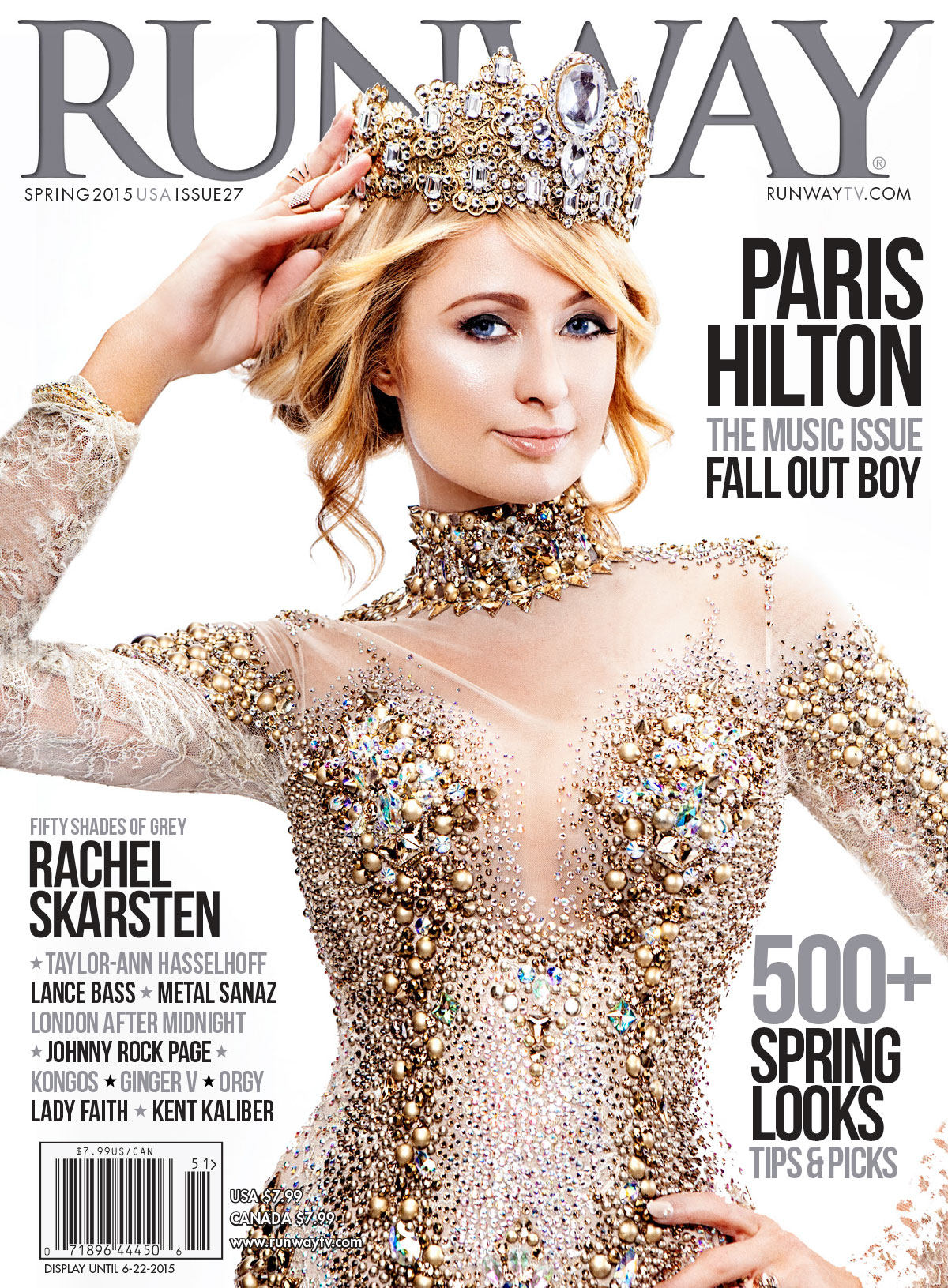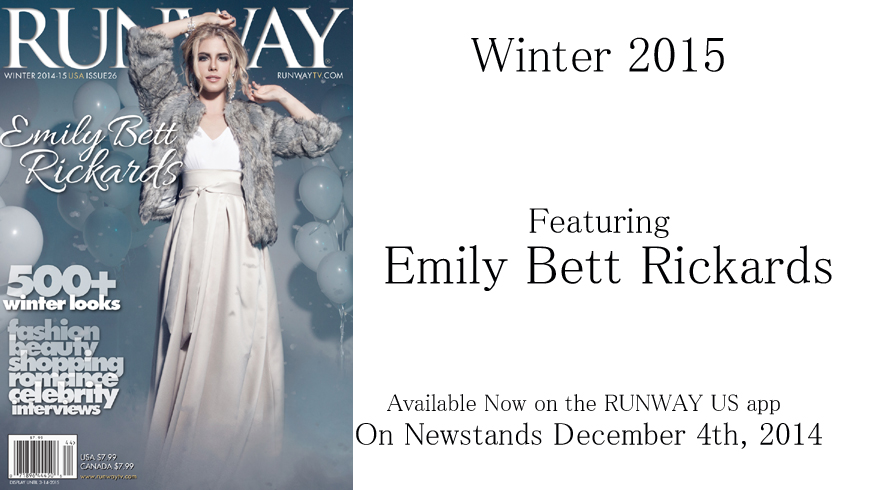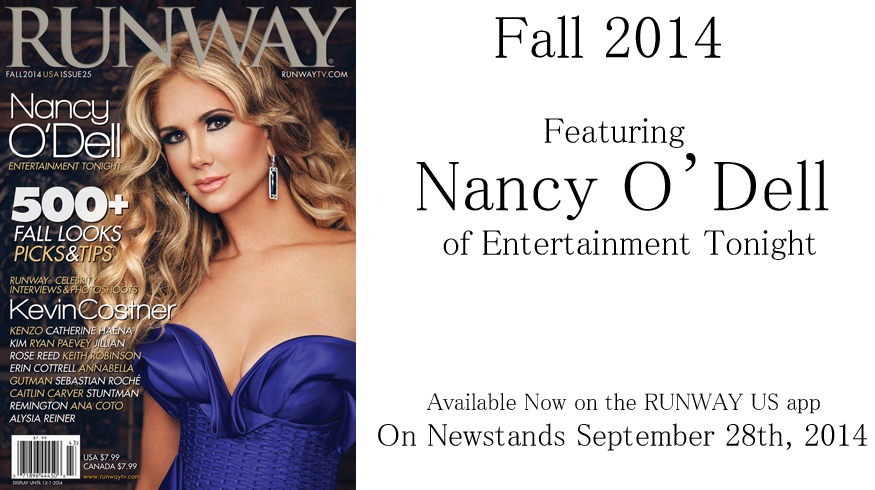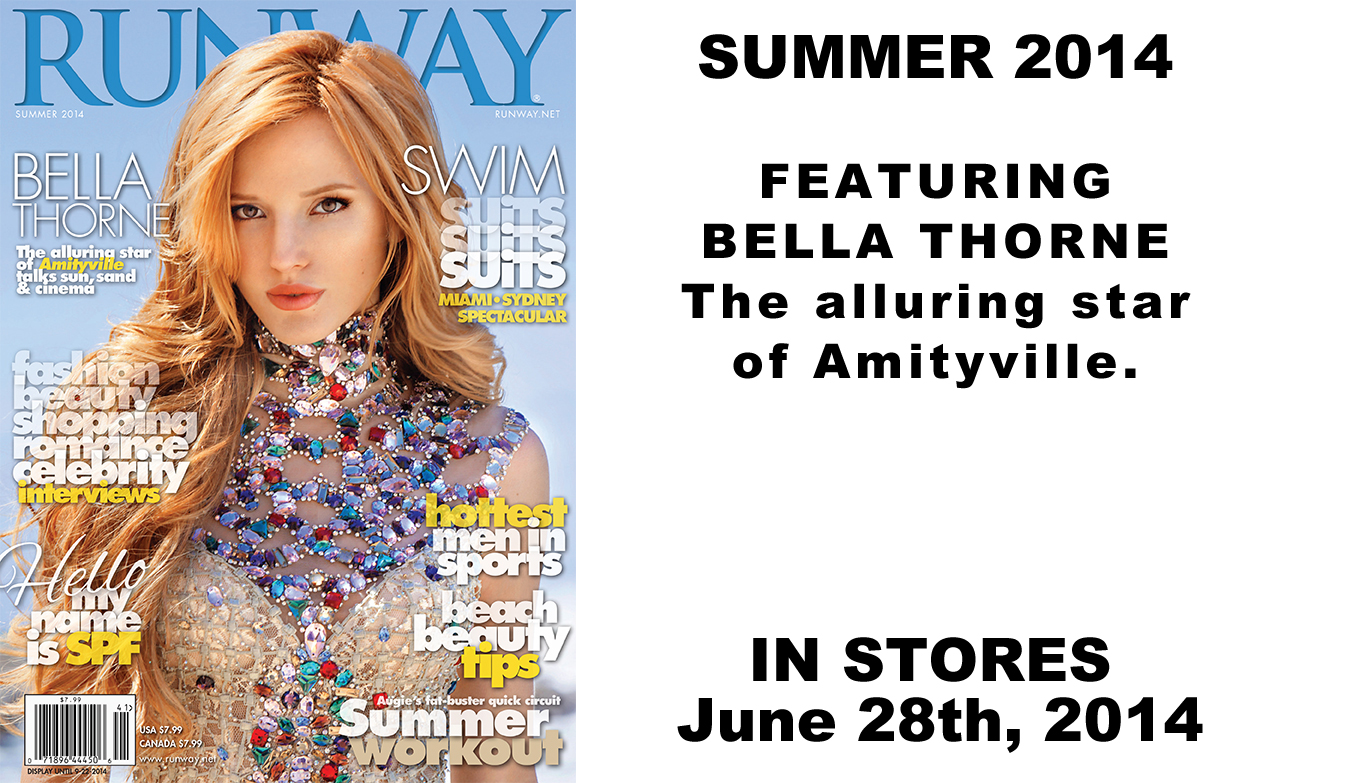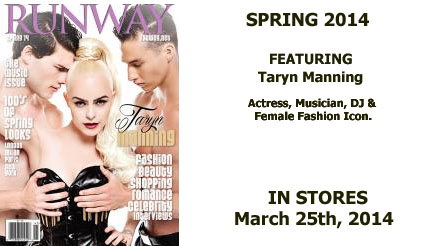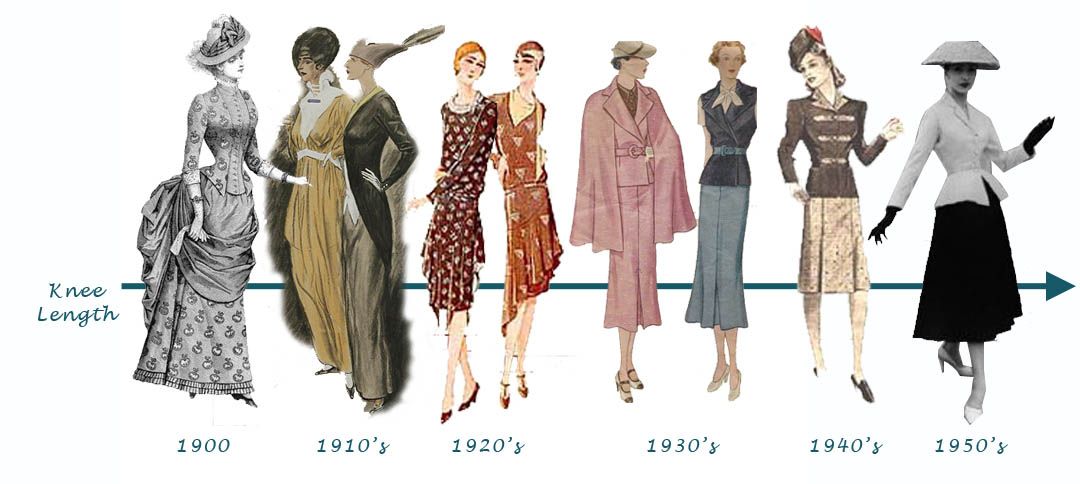From a party-girl duchess to a war period influence; to flapper designs and punk rock music, London has always had a vast influence when it comes to fashion. Styles and fabrics that emerged up to two hundred years ago are still graciously used in haute couture runways throughout the spring/summer 2010 season. Velvety embellishments, lacy lingerie, chandelier jewelry, silk corsets, shorter skirts and lower necklines have been consistent among this fashion influence, which has receded and increased with the financial and political times. At the beginning of the 19th century, the people living in London were in a state of unrest. The French Revolution during the final decade of the 18th century had given some of the more zealous types across the channel a few crazy ideas of their own; the little guy with a big ego and a mean spirit who came out on top of that mess didn’t like England and kept challenging it to fights after recess; and their King, though lovable, had reportedly tried to shake hands with a tree because he thought it was the King of Prussia. A bad influence, a committed enemy, and a batty leader are just the stuff to put fashion into a merry head spin.
1800 Fashion in London was in a state of unprecedented and pompous gaudiness in the late 18th century and into the early 19th. Among the more colorful characters that nourished and embodied the style standard of the late Georgian Era was Georgiana Cavendish, Duchess of Devonshire. The good duchess was the bad-girl party animal of her time, a hard drinking, cheating, gambling public sensation who died of a liver abscess at 48 in 1806 (now that’s an exit), but left a big, loud legacy rippling in the wake of her fun-filled life. Along with the luxurious gowns she wore, the Gainsborough hat, so named for the person who painted her famous portrait, became a lasting symbol. Many of the dresses were created from cotton, linen or silk in solid or pinstriped colors, with plunging necklines, lacy edges, hooks and eyes and fitted bodices.
1804 One of the problems with the classical silhouettes of this fashion so far was the simplicity, which led to boredom. Napoleon and his wife Josephine, though despised enemies, were nonetheless viewed as fashion leaders of the day. After returning from a trip to Egypt, the French leader gave his betrothed a number of new fabrics and styles that he found there, which she promptly incorporated into her wardrobe. Clothing took on a distinct exotic feeling from Etruscan and Eastern influence for a few years, as evidenced by elaborately embroidered hems on classical robes, empire line muslin gowns and shawls with tassels. 1811 The influence of the Middle Ages had gothic styles creeping into fashion, debasing pure classical lines. Though the wars raged on, the battles were fought far away and the news media was unable to bring the horrors of the battlefield home by sound and sight. London nobility was not discouraged from dressing without regard for Spartan shows of unity with troops and country people (which will not be the case down the road, when Hitler’s metal mayhem came whistling down on their heads some thirty years later). Fur trimming, straight cuts, high collars, and a flowing cape marked the high-waisted elegance of the pelisse. The long robes of silk and muslin in the Grecian mold were also popular, as were chemisettes and fichu hats. Since the bodice on dresses was not cut as tight as the decade before, it made the dress more comfortable to wear.
1814 The English army’s success against Napoleon on the Iberian Peninsula brought a mix of Spanish and military influences into fashion, shown by tiered sleeves, velvet and braids with embroidery. It was also the start of the rise and fall of the waistline, brought by the Parisian influence.
1825 The Gigot de Mouton, or Leg of Lamb, sleeve became popular after the Regency era ended and marked another French influence on popular London fashion. Sleeves were created out of transparent or semi-opaque materials, setting the stage for all future fancy sleeve styles, which ended up representing the more romantic dresses of the later 1800’s.
1851 The ‘Great Exhibition’ represented a turning point in London style and society. ‘Dress Reform’ was one of the many sweeping social changes to erupt from the Exhibition and other events, encouraging women to be more active and less constricted by embracing the emancipation bodice in place of the tight corset with ruffle embellishments.
1860 The siege of the corset and hoops continued with a demand for a new likeness of female honesty and purity called the Artistic Dress movement. Trailing skirts and Juliette sleeves are a reflection of its liberating look and feel.
1881 Londoners redefined Artistic Dress as Aesthetic Dress when the Rational Dress Society formed. Their aim was not only to dismiss Victorian extravagance and small-waisted discomfort, but to embrace sensuality. Velvet, silk, and wool materials incorporated into Eastern and Medieval gowns and dresses achieved the look.
1901 Queen Victoria died at the turn of the century and King Edward took the throne. The woman’s athletic dress was popular, as was the A-line day skirt. The ‘Gibson Girl’ becomes the new standard for elite feminine beauty, with a swan bill corset ensuring the S-curve standard (think Mary Poppins). Around this time, there was a sense of approaching abandonment of the corset as being necessary to women’s fashion. Cottons and linens were widely used, with a decrease of embellishments and lace.
1914 War breaks out in Europe and fashion takes a back seat to survival and sacrifice, though American Mary Jacobs patented the first bra in the U.S. People of different classes looked more like each other because lavish clothes and jewelry were discouraged, and dress rules were relaxed in public. The hemline rose for utility’s sake, military accents re-emerged, and women war workers in London donned corduroy overalls and wear caps. This encouraged sober colors instead of bright hues, such as dark green, gray and sable.
1925 The Flapper fashion reflected the righteousness of war triumph, voting rights for women, and general women’s empowerment. Breasts and hemlines receded, short hair succeeded, and skin and dancing delighted the masses. Feminine sexuality combined with masculine tones was brought to fashion. 1939 War again, and aviation had made major progress since the end of WWI. This time around, the people of London had to worry more about evading death from the skies than whether their clothing made the right impression. The Siren suit was perfect for that midnight run to the subway tunnel. Curves were back with fitted hemlines, and receding necklines.
1955 A new Queen, Elizabeth II, and new silhouettes from Christian Dior and Hubert Givenchy made their mark on fashion. Young people especially embraced the post-war glamour of Dior’s Corolle line and Givenchy’s sack dress.
1966 Welsh native Mary Quant discovered then introduced a shorter version of a 1964 Courrèges line, and the mini-skirt was born. This decade broke a lot of fashion traditions, mirroring social movements. Bikinis and go-go boots came into popularity, with bright clashing colors, velvet and chiffon mini dresses and psychedelic patterns. Mods, or Modernists, were fashion leaders in Britain, using clean-cut lines and styles that included tailored suits, anoraks, slim shirts and Levi jeans.
1975 London and New York transformed dissatisfaction and poverty into social rebellion, and punk took root. Clothes, music, and attitude underwent an ideological about-face. The irony was in the era’s kick to the face of anything conventional: that by contradicting fashion with clothespins, mesh, patches, and spiked leather, a style was created that is still prevalent. Vivienne Westwood and Malcolm McLaren helped this style succeed even more. McLaren launched the Sex Pistols punk group, while Westwood opened a shop called ‘Sex’ that sold leather and bondage clothing items.
1984 In Brighton, England, Prime Minister Margaret Thatcher escaped a bombing that kills five of her entourage, but she maintained her courage in the face of the IRA assassination attempt. Like previous leaders she became a fashion icon; the power suit, with its big shoulders and sharp lines made impressions in boardrooms and bars. The tailored suit look was an everyday style, with the idea being that women can be anybody they choose to be.
1992 Princess Di and Prince Charles separated, and Di was already well-established as the premier trend-setter of the day, throughout London and the rest of the world. She kept the big shoulders, and added a new appreciation for hats, high necks, and form-fitting evening gowns.
Today The fashions of the previous decades occupy and poke their noses into the diversity of styles introduced on the virtual marketplace. Femininity is once again drawn to short skirts, and when paired with plunging necklines and backs, the look is unquestionably seductive. Styles now still incorporate several fabrics such as silk, velvet, leather and lace, and trends can change every couple of months from punk rock to Victorian conservative to military, which is just the tip of the fashion iceberg.


























